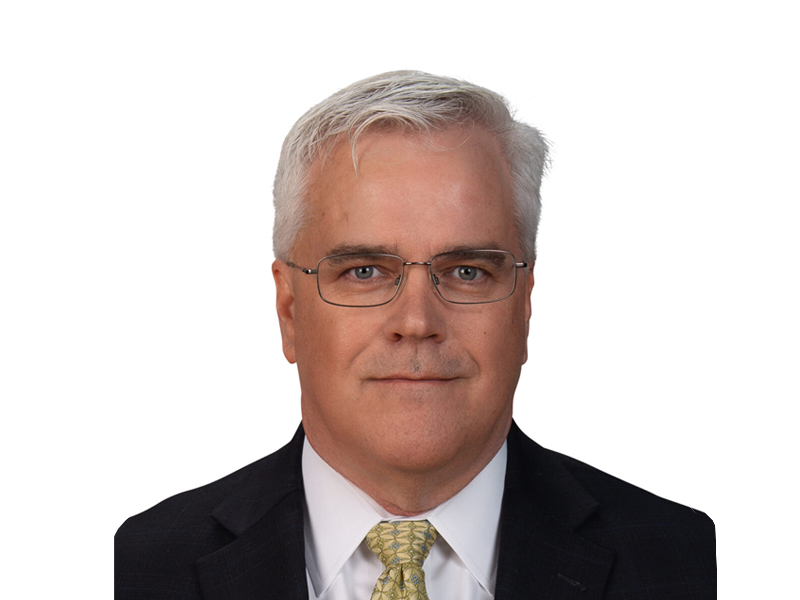Over the last decade the role of Ambulatory Surgery Centers (ASCs) has evolved, making them a critical component to the larger patient care of continuum. Evidence of this is seen in the increasing utilization of ASCs as a solution to meet the growing demand for surgical care in an environment where health systems and providers are dealing with greater resource constraints stemming from shrinking reimbursement, more restrictive payor rules, and the growth of health care consumerism driven by a shift in the balance of information available to guide patient choice. ASCs, with their smaller scale and focus on operational efficiency, are best suited to adapt to the changing market environment. In larger inpatient settings transformational activity, such as workflow redesign and the introduction of innovative tools and procedures, can be bogged down by bureaucracy, internal politics, and a generally more clinically conservative mindset dominating inpatient surgery locations. Over time these market forces have created a need for a more nimble and innovative site of care which is a role ASCs are uniquely suited to fill.
Payers are starting to recognize the value ASCs offer. A recent news post from United Health Care highlights a number of ASC advantages for patients and payors alike. Specifically the insurer notes they are “reshaping health care by offering patients a faster, safer and more affordable alternative to hospitals.”[1] This point is illustrated by highlighting the relative ease of access to procedures performed in the ASC setting compared to the more intimidating and complicated hospital environment. Beyond the improved patient experience, there are less costs associated with an ASC compared to hospital-based settings. Fixed costs related to ancillary services, facilities, and general administration are considerably lower for ASCs. These savings can be passed on to both patients and payors, creating a more attractive option for the same (or sometimes superior) quality clinical outcomes, and it’s not just commercial payors searching for lower costs who are recognizing this.
In July of this year the Centers for Medicare & Medicaid Services (CMS) released a proposed Outpatient Prospective Payment System (OPPS) rule for the coming year. One provision in this draft rule calls for the elimination of the Inpatient Only List detailing the procedures required to be performed in an inpatient setting (i.e., not allowed in ASCs). The CMS announcement stated the rationale for this proposed change is “to give beneficiaries more choices on where to obtain care with the potential for lower out-of-pocket expenses…beginning with removing 285 mostly musculoskeletal procedures for CY 2026.” [2] By removing site restrictions CMS appears to be seeing the light on impact ASCs can have on the stated ‘Triple Aim’ of improving quality and access while decreasing the costs of care. The change opens up large markets for ambulatory surgery, but it should be viewed with a note of caution. ASC operators and physician owners will surely see this as an opportunity to capitalize on the efficiency of their centers, as well as to collect facility fees they previously had not be able to capture. This said, just because something can be done doesn’t necessarily mean it should be. Administrators need to carefully evaluate the appropriateness of these newly available procedures from multiple perspectives including: patient appropriateness, questioning whether reimbursement fully covers the costs, and assessing the impact of any particular procedure(s) performed at their site. In short, operators need to not let short term gains in volume create long-term issues for clinical operations and/or finances.
ASC operators are enjoying a golden age and the future looks even brighter as the larger health care industry starts to truly recognize the benefits of care in this setting. In order to truly capitalize on these changes ASC leaders need to ensure they harden their systems and infrastructure to stay on the forefront of clinical care. This can be achieved by following a few simple strategies. First it will be essential for ASCs to maintain an innovative spirit and be willing to trial and pilot alternative workflows and equipment. Surgical robots, biologic implants, and other innovations need to be in the ‘toolbox’ of all ASCs. Coupled with this innovative mindset, ASC leaders need to engage in meaningful vendor/industry partnerships where the incentives are clearly aligned. Device agreements, anesthesia provider contracts, and medical record technology enhancements need to be built on achieving mutually beneficial results. Additionally ASCs should be magnets for the best and most experienced clinical staff in their market. ASC clinical staff tend to be mid to later careerists who have experience in other clinical settings such as hospital surgical departments. ASCs offer a more flexible workplace environment that should be attractive to those with most beneficial skills and experience. Finally, ASCs need to aggressively communicate their clinical and quality outcomes to patients and payors alike in order to demonstrate the value they offer. Taken together all of these actions can further improve the overall ASC site of care experience for all involved. The future is bright, but ASC leaders need to leverage critical, evidence-based decision making to ensure they are able to optimize the new opportunities being presented.
[1] “The future of care: Ambulatory Surgery Centers deliver faster care, lower costs and better outcomes.” https://www.unitedhealthgroup.com/newsroom/posts/2025/2025-08-21-amulatory-surgery-centers-deliver-faster-care.html, August 21, 2025, accessed September 7, 2025
[2] “Calendar Year 2026 Hospital Outpatient Prospective Payment System (OPPS) and Ambulatory Surgical Center Proposal (CMS-1834-P).” https://www.cms.gov/newsroom/fact-sheets/calendar-year-2026-hospital-outpatient-prospective-payment-system-opps-and-ambulatory-surgical. Accessed 9/7/2025.





